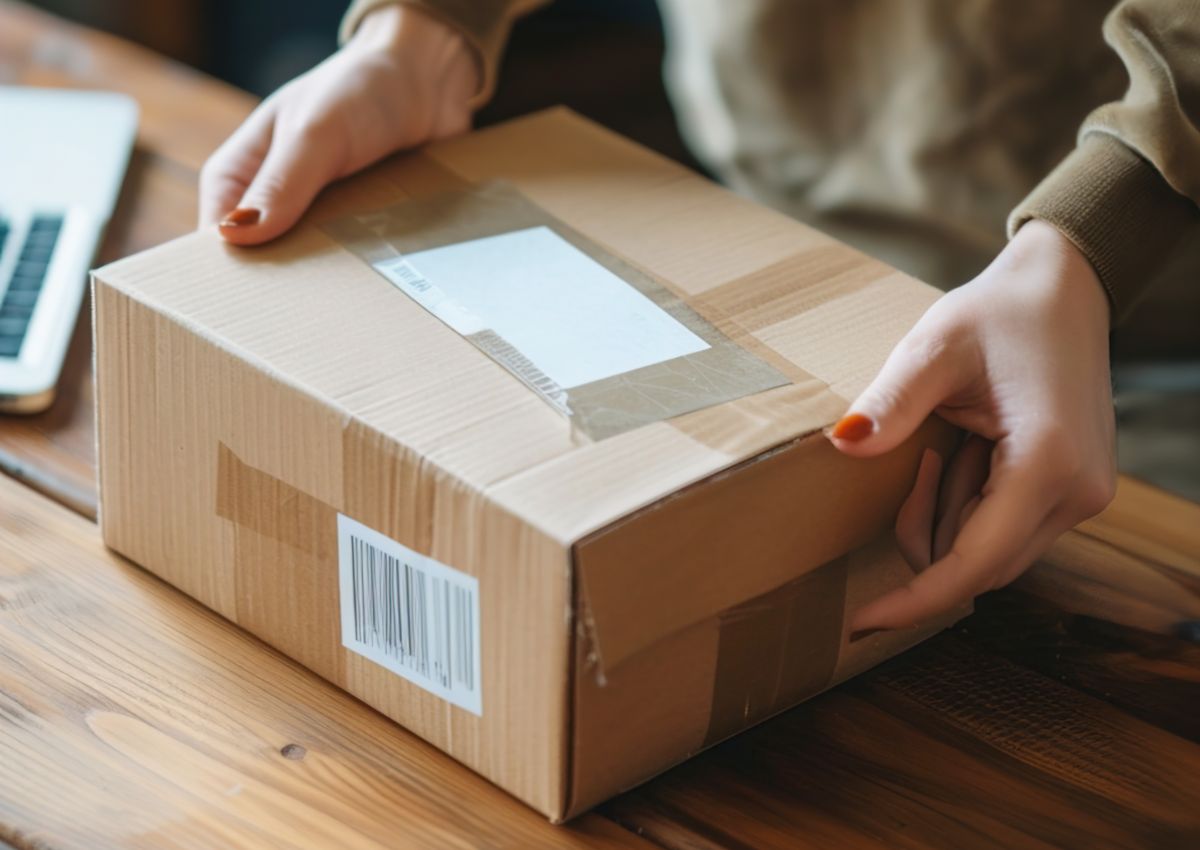Free delivery is increasingly important for winning share of  wallet as Mark Bigley, CEO of Secured Mail, explains.
wallet as Mark Bigley, CEO of Secured Mail, explains.
The power is in the hands of the consumer. Busy lifestyles, combined with today’s always-on, digitally connected world, have resulted in a market where convenience is king. This is nowhere more apparent than in the ever-evolving ecommerce arena.
The ease of mobile browsing and one-click buying is all well and good, but this functionality counts for nothing if sellers are simply unable to get purchases to the consumer in a way that works. For retailers, the challenge is to ensure that back-office fulfilment processes have the capability to deliver on customer expectations.
What works?
It is this question of ‘what works?’ that is preoccupying retailers. What does convenience really mean? Recent developments have seen major ecommerce players push the boundaries in terms of service-level options. Items can arrive mere hours after they have been ordered, delivered to the home 24/7 at specific time-slots, or to convenient pick-up points. Innovations such as repeat-order buttons and drone delivery are being introduced as every effort is made to continually advance delivery functionality.
The danger for smaller players lies in trying to keep pace with these developments without truly understanding the wishes of their customers and prospects. Innovation grabs the headlines, but dig below the surface and consumers are not as easy to predict.
A recent report from Ofcom reveals that, when it comes to delivery, “price is the consumer’s main concern”, with more than 50% of online shoppers not completing orders online because “delivery charges were too high”. Other studies back up this claim, suggesting that consumers value free, or cheap, delivery over fast service.
Fitting free into the mix
In a crowded market, customers are becoming used to the idea of differentiating by delivery options, quickly dismissing those providers that don’t offer the required service. Of course, the difficulty for retailers is that the cost of offering free delivery as an option must be absorbed by the business. Can a fulfilment rethink make such an option viable? In a lot of cases, the answer is undoubtedly yes.
Many ecommerce businesses have taken what they believe to be a belt-and-braces approach to fulfilment, where customers are given the option to track orders from point of purchase every step of the way until the item is received. Having this level of service as an option can be valuable, but the onus is on retailers to understand why – and for whom – tracking is important. Should this level of service really be offered against lower value items? Can the same level of assurance and satisfaction be given to the customer via a free delivery option?
In fact, it is rarely a case of either/or. Customers value delivery choice, and retailers can get better at influencing customer decisions and at channeling the right purchases to the most effective delivery channels.
Forward-thinking ecommerce businesses are not viewing fulfilment and delivery in isolation from the rest of the business. These companies recognise the strategic influence that the free delivery model can have around on-boarding new customers, rewarding repeat purchasers and incentivising lapsed buyers.
Customer analysis is showing that free is an essential element of the delivery mix. Any ecommerce businesses not currently offering free as an option should review their delivery strategies. How this cost is absorbed will vary from business to business but current fulfilment strategies are a good place to start. Businesses must assess whether delivery options really fit with the profile and expectations of buyers and must consider whether prospects are being deterred because of current delivery choices.
Certainly, ecommerce fulfilment is an increasingly complex arena. Businesses may simply not have the capacity internally to review processes and keep up-to-speed with market developments. This is why many are choosing to partner with third-party experts who can not only suggest the right delivery profile for the business but can ensure that this profile adapts with changing consumer demands.
Ultimately, any business neglecting to refresh its delivery approach on a consistent basis will quickly find itself falling behind more nimble competitors. Including free delivery as an option may result in some short-term challenges. But the long-term benefits in terms of customer satisfaction and share of wallet will make the effort worthwhile.
Mark Bigley, CEO, of Secured Mail
Image credit: Secured Mail and Fotolia








